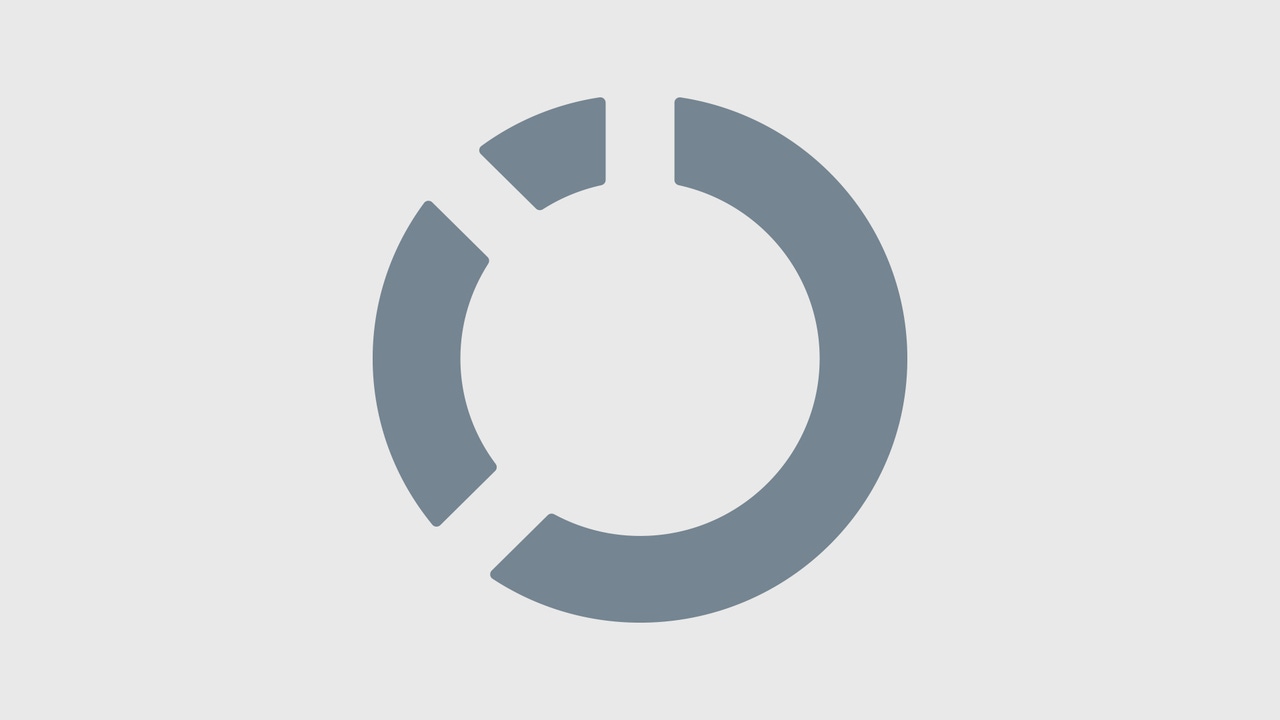Motorola Prepares WiMax USB Dongle
The thumb-sized-device will be available in the fourth quarter in each of the three WiMax bands around the world -- 2.3 GHz, 2.5 GHz, and 3.5 GHz.

All those laptop owners chomping at the bit to try out WiMax will be able to retrofit their machines with a Motorola USB adaptor, and Motorola is promising to have the adaptor available around the time the first large WiMax mobile deployments are launched later this year.
Motorola reported that it will be displaying three versions of its USBw 100 at next week's WiMax World show in Chicago. The thumb-sized-device will be available in the fourth quarter in each of the three WiMax bands around the world -- 2.3 GHz, 2.5 GHz, and 3.5 GHz.
While there are a few small mobile WiMax deployments already in operation, the major rollout by Sprint Nextel is expected to be launched in Metropolitan Baltimore in early October to be followed by additional deployments in Washington, Chicago, Boston, and Philadelphia. Motorola is heavily involved in the Chicago rollout with Sprint.
Motorola's USBw 100 is compatible with the firm's dual antenna Diversity Access Point (DAP)/Wireless Access (WAP) 400 Series. Motorola noted that the USB adaptor contains multiple antenna technologies that provide reliable high-speed connectivity in unpredictable environments both indoors and outdoors.
"Our new USBw 100 adaptor will let people enjoy desktop-like performance while on the go with their laptop computers by giving them wireless connectivity to a WiMax service provider's broadband wireless network," said Motorola's Charles Riggle in a statement. "With hundreds of thousands of commercial WiMax CPEs shipped to date, the USBw 100 is the latest addition to our portfolio."
Riggle is senior director of strategy and business development, WiMax devices, Home & Networks Mobility at Motorola.
About the Author
You May Also Like




